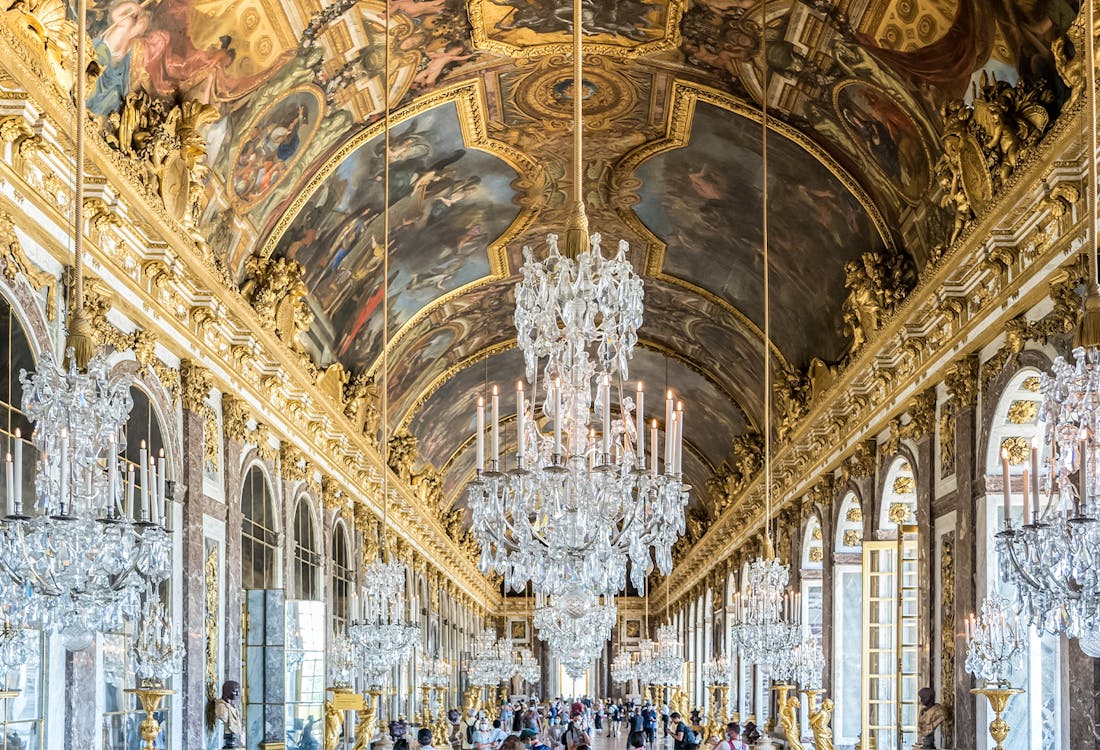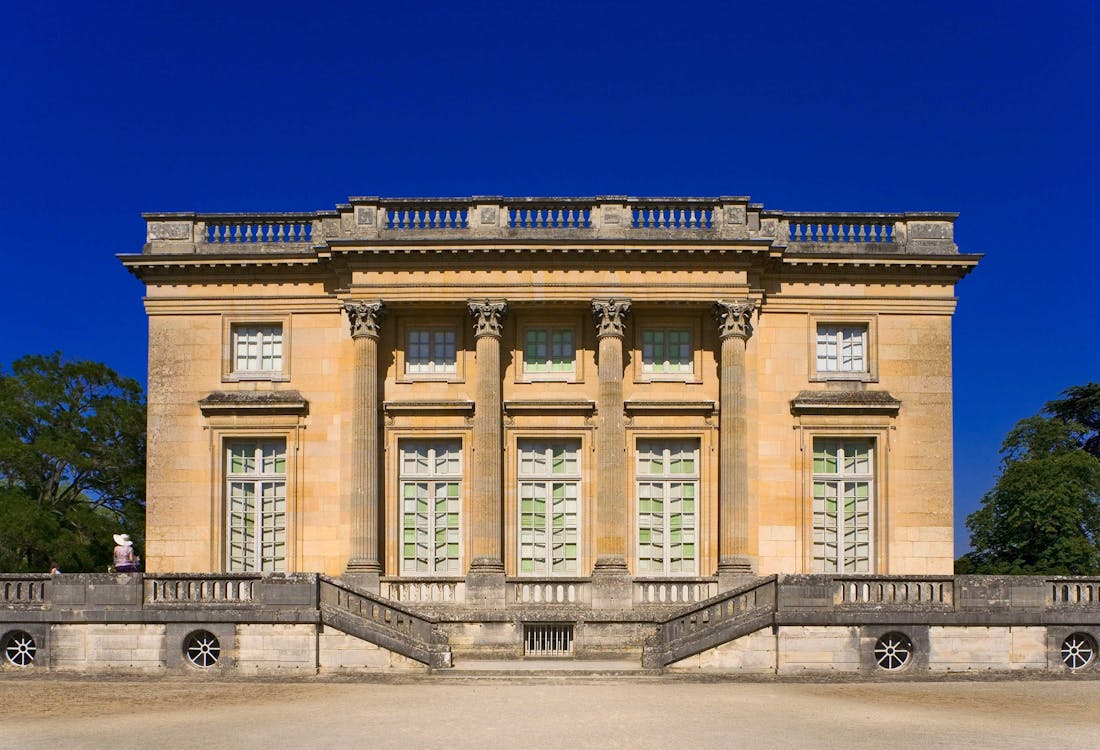Did you know that the Palace of Versailles holds incredible historical significance as the birthplace of Germany and the site of the Versailles Peace Treaty that concluded World War I? The palace was also central to events during the French Revolution. With so much history and grandeur, it is no wonder millions of people flock to see the palace every year. Beyond its aesthetic splendor, Versailles symbolizes French nationalism, echoing the power and influence of Louis XIV. Let’s dive in and uncover fascinating facts about this majestic palace.
Recommended tickets to Palace of Versailles
Interesting facts about the Palace of Versailles
1. The astonishing size of Versailles
The Palace of Versailles is a stunning example of grand architecture, with over 700 rooms and beautiful gardens stretching roughly 800 hectares—making it more than twice New York's Central Park. The main palace itself covers 2.24 hectares with over 3,000 rooms, 67 staircases, 121 fireplaces, and 2,068 windows. As the former seat of the French government from 1682, the sheer size and intricate details of Versailles stand as a lasting testament to the opulence and influence of European royalty.

2. The Melting of Versailles’ Silver Treasures
To fund his military campaigns, Louis XIV ordered the melting down of Versailles' silver furnishings in 1689. Much of the palace's silver, made into furniture, was sacrificed for war expenses during the War of the Grand Alliance. This decision resulted in an immense loss of artistic heritage, as most silver items perished during the French Revolution. Only a few small objects, like Siamese ambassadors' pourers, survived this financial reckoning.
3. The complicated history of Hall of Mirrors
The Hall of Mirrors connects two historic events: the Treaty of Versailles in 1919, ending World War I between the Allied Powers and the Central Powers led by the German Empire, was signed here, exactly five years after Archduke Franz Ferdinand's assassination. Interestingly, this same hall witnessed the proclamation of the German Empire in 1871 following Prussia's victorious wars, making it a site of historical irony.

4. Fashion as a status symbol
During Louis XIV's reign, entering the Gardens of Versailles meant adhering to strict dress codes. This lavish outdoor space wasn't merely for leisure but a display of social hierarchy. Visitors wore their finest attire, often changing into elaborate French fashions to meet court expectations. The king and queen's presence dictated rigid etiquette, making proper dress and behavior paramount in the echelons of French society.
5. The enchanting Hall of Mirrors
The Hall of Mirrors, one of the most iconic sections of the Palace of Versailles, boasts a dazzling 357 Venetian mirrors. The ceiling is adorned with majestic paintings praising Louis XIV's achievements, contributing to the overall opulence. On special occasions, this grand hall is transformed into a ‘corridor of light’, with up to 20,000 candles illuminating its expanse, creating a scene of almost surreal brilliance.
6. Venice's mirror monopoly
In the 17th century, Venice's Murano artisan monopolized mirror-making. French agents recruited a few to work on Versailles, threatening Venice's domination. The Venetian government feared losing their monopoly and ordered the assassination of these artisans to protect their secrets.
7. The grandeur of the Royal Stables
Between 1679 and 1682, under the direction of Hardouin-Mansart, the Royal Stables at the Palace of Versailles were constructed to accommodate up to 600 horses, located directly opposite the palace itself. These stables highlighted the crucial role of horses in the royal lifestyle and the potent symbol of the French monarchy's power. In the 18th century, these stables housed more than 2,000 horses at any given time, demonstrating the vibrant equestrian culture of Versailles. The stables also doubled as training grounds for the royal family's prestigious riding academies. Today, the Equestrian Academy of Versailles keeps this tradition alive, hosting performances that blend dressage, dance, and music.
8. Marie Antoinette's personal sanctuary: The Petit Trianon
Marie Antoinette's Petit Trianon, gifted by King Louis XVI in 1774, was her personal sanctuary within Versailles. This intimate estate, featuring a theater, gardens, and even a farm, offered a relaxed retreat where she cultivated vegetables and dairy, just to be away from the rigid court protocols.

9. Revival of the Golden Gate
Rebuilt after more than two centuries, the Golden Gate (Porte Royale) at the Palace of Versailles was unveiled in 2008. The reconstruction involved extensive historical research and artisanal craftsmanship. Made of steel and adorned with 100,000 gold leaves, the gate spans 80 meters and epitomizes Baroque splendor. This restoration, costing five million Euros, celebrates the historical magnificence of the original gate that was destroyed during the French Revolution.

